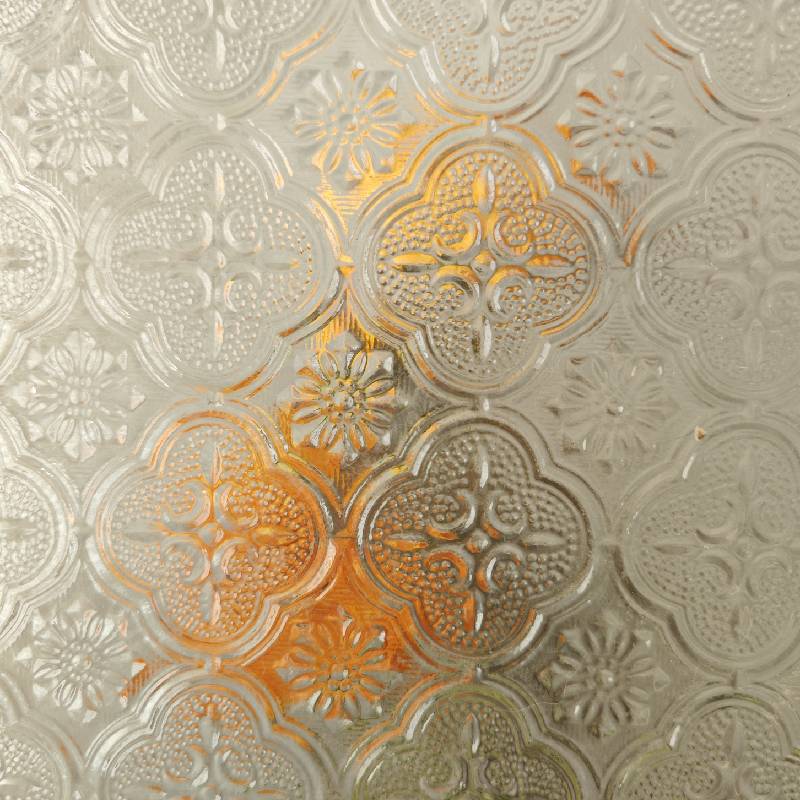

The Art and Science of Float Glass Cut to Size
Float glass, a material known for its clarity, smooth surface, and versatility, is a staple in various applications ranging from windows and doors to artistic installations and furniture design. The process of creating float glass involves a unique method, and the ability to cut it to size opens up a plethora of opportunities for manufacturers and designers alike. In this article, we will explore the significance of float glass, the intricacies of its production, and the techniques involved in precise cutting.
Float glass was first invented in the 1950s by Sir Alistair Pilkington, who developed the float process. This technique involves floating molten glass on top of molten tin, resulting in an even thickness and a flawless finish. The glass is then annealed, cooled gradually to relieve stresses, and afterward, it is cut into sheets of large dimensions. This process has revolutionized the production of glass, allowing for large, uninterrupted expanses of clear material that are perfect for architectural use.
The Art and Science of Float Glass Cut to Size
The cutting of float glass to size is not merely a matter of slicing the material; it requires expertise and precision. The process begins with measuring the desired dimensions carefully, followed by marking the glass surface. A glass cutter, a tool equipped with a hardened steel or tungsten wheel, is then used to scratch a line along the marked area. This is followed by a breaking process, where pressure is applied along the scratch, causing the glass to fracture neatly along the line.

Safety is a paramount concern during the cutting process. Glass shards can pose significant risks, thus protective gear such as gloves and safety goggles is essential. Additionally, the cutting area should be clear of any obstacles to prevent accidents. Professionals typically use specialized tables designed to hold large sheets of glass securely during the cutting process.
Beyond traditional cutting methods, technological advancements have introduced CNC (Computer Numeric Control) machines into the industry. These machines allow for automated cutting with extreme precision, reducing waste and increasing efficiency. CNC technology enables designers to implement complex patterns and shapes that would be difficult to achieve through manual cutting.
Furthermore, the ability to cut float glass to specific sizes also opens up opportunities for further processing. Once cut, glass can be treated or coated for various purposes, such as improving energy efficiency through low-emissivity coatings or enhancing safety with tempered glass. This flexibility makes float glass an intelligent choice for sustainable design solutions.
In conclusion, float glass cut to size is not just a material choice; it symbolizes innovation in design and architecture. Its production process, from molten state to perfectly sized sheets, reflects both artistic intent and technological achievement. Whether used in residential, commercial, or artistic applications, custom-cut float glass allows for creativity to flourish, providing designers with the tools necessary to push the boundaries of visual expression and functionality in their work. As technology continues to evolve, the future of float glass promises even more possibilities, shaping the spaces we inhabit and the way we interact with our surroundings.